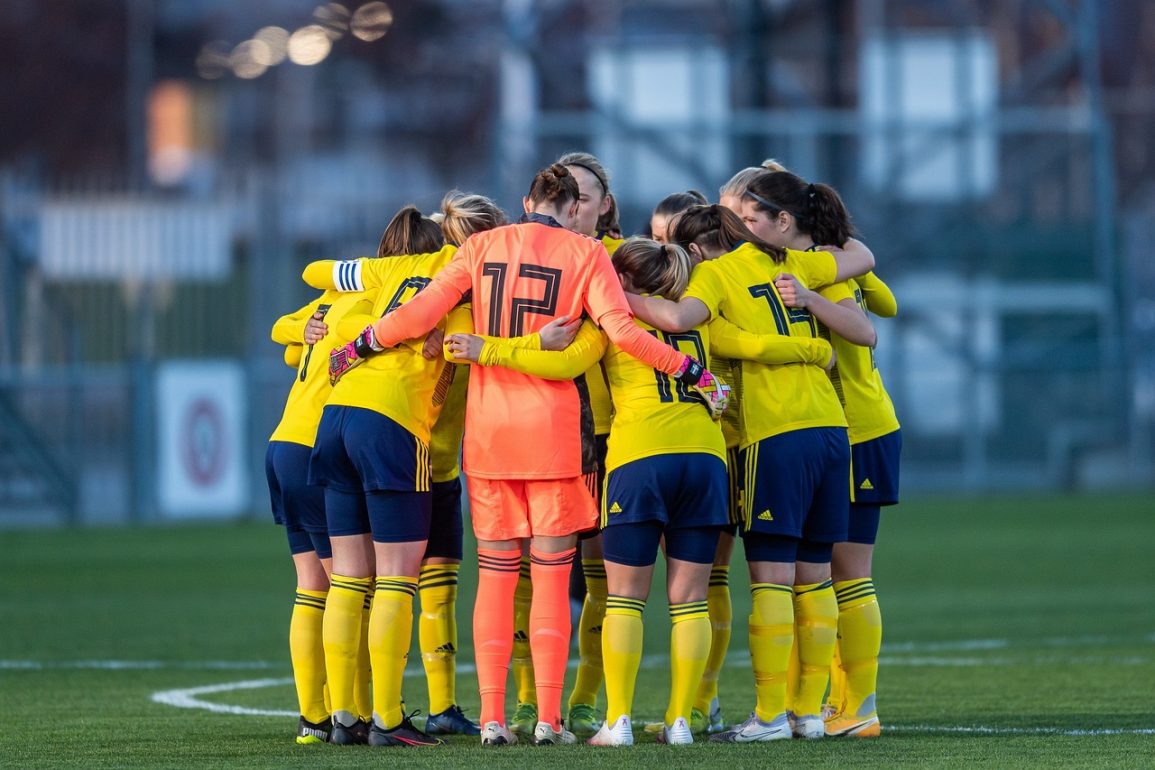How has Women’s Football Continued to Increase in Popularity? – Over the last decade or so, the world of women’s football has enjoyed exponential growth in exposure and popularity. Now, figures like Melissa Lawley are given prominence alongside established names in the men’s team in official replica shirt stores.
There are obvious social benefits to encouraging young girls to get involved in the sport. And, in a world where the appetite for football is seemingly endless, getting more competitions onto TV screens is something that the authorities are keen to encourage. Stadia are now being filled to capacity – albeit at heavy discounts relative to the men’s version of the sport. So, why has this come about, and how far can this go?
Grassroots funding
According to UEFA, the overall level of funding for women’s and girls’ football has tripled over the last five years, and the number of professional registered female players has gone up over twenty years by a factor of five. This is in part due to investment at grassroots, and higher-quality training for female coaches.
Women’s Super League
In the calendar year 2022, the Women’s Super League broke records for viewing figures. Around sixteen million unique viewers watched some minutes of the league. For domestic women’s sports in general, we saw a new high of 37.6m viewers, up from 32.9m in 2021.
The Lionesses
One significant symptom of this phenomenon is that English football fans have enjoyed the unfamiliar spectacle of a national team actually lifting a trophy: the European Championship at Wembley. This has translated into more column inches, more shirt sales, and more exposure.
What does the future hold?
It’s easy to get swept up in the hype around the women’s game. We can be sure now that the sport isn’t going to go anywhere: it has an appreciative audience that is willing to pay to watch it.
It would probably be a mistake to compare it to the men’s game, which is a very mature product. If you want an illustration of this, you need only consider the recent row over the broadcasting of the 2023 World Cup in Europe. After many broadcasters offered very, very small fees for the broadcasting rights, FIFA president Gianni Infantino reacted with fury, and threatened a blackout.
He cited the fact that the FIFA Women’s World Cup viewing figures were around half that of the men’s FIFA World Cup. It seems inevitable that, as time goes by, this figure will increase. Even if it never quite matches the men’s game, this growth will be a welcome development.
Poppy Watt


